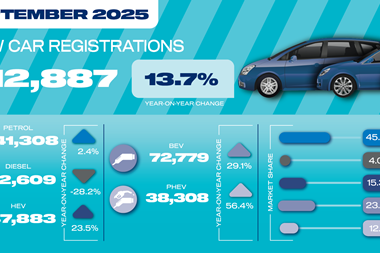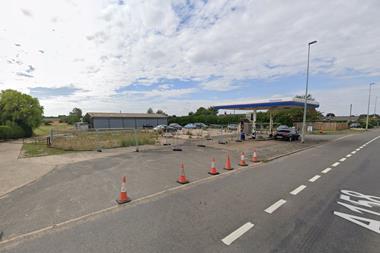The Bank of England’s first polymer note – the new £5 featuring Sir Winston Churchill – entered circulation on Tuesday, September 13.
It has printed 440 million ’new fivers’ which will begin to be available from many cash machines and bank counters across the UK.
The new £5 note is made from polymer, a thin, flexible plastic material which is resistant to dirt and moisture, and lasts around 2.5 times longer than paper. It has also enabled the introduction of a new generation of security features, making it even harder to counterfeit.
Paper £5 notes will be gradually withdrawn as they are banked by retailers and businesses. Paper £5 notes can be used as usual until May 5, 2017, after which they will cease to be legal tender, but can be exchanged at the Bank of England.
A new polymer £10 featuring Jane Austen will be introduced in summer 2017, followed by the J.M.W. Turner £20 note by 2020.
The new polymer notes will still have tiered sizing, bold numerals and a similar colour palette to the current notes to help blind and visually impaired people tell the difference between them. Polymer £10 and £20 notes will also have a tactile feature created by a series of raised dots. People with visual impairments will be able to tell the £5 note apart because it does not have this feature.
The Bank of England Governor, Mark Carney, said: “The new fiver commemorates one of the greatest statesmen of all time, Winston Churchill, who remarked that ‘a nation that forgets its past has no future’. Banknotes are repositories of the United Kingdom’s collective memory, and we will be reminded of Churchill’s enormous contributions as he once again becomes part of our daily lives as the new Fiver flows out into tills and pockets.
“The new fiver, made of polymer, will be cleaner, safer and stronger. Resistant to dirt and moisture, it will stay in good condition for longer. The new security features make it harder to counterfeit. While the use of polymer means it can better withstand being repeatedly folded into wallets or scrunched up inside pockets and can also survive a spin in the washing machine. We expect polymer notes to last at least two-and-a-half times longer than the current generation of fivers and therefore reduce future costs of production.”
The note was unveiled on June 2 at Blenheim Palace. Since then, bank staff have travelled around the UK to show the new fiver to the public and engage with retailers. Victoria Cleland, chief cashier of the Bank of England said: “The regional roadshows have been a fantastic way to share the new note with the public and retailers. The reaction has been overwhelmingly positive, and I have been struck by their enthusiasm to start using the notes.”
Cleland added: “The Bank has been working with the cash industry throughout this important and exciting project and we’re grateful for their efforts in making the introduction of the new fiver a success. We will continue to work with them throughout the transition and are looking forward to the introduction of the Jane Austen £10 note next summer.”
A charity auction of Bank of England notes with low serial numbers will be held on Monday October 3. The money raised will be donated to the Myotubular Trust, The Lily Foundation, and Bliss.
For more details go to www.thenewfiver.co.uk

































No comments yet